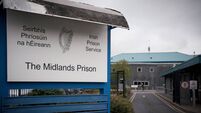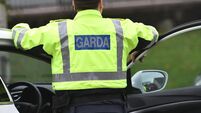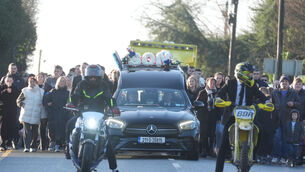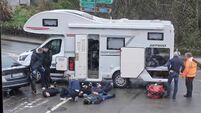RUC suspected Hume of spying for Irish Government
Mr Hume and three other senior members of the party were acting as agents for Dublin, according to a secret document which was handed over to the Saville Inquiry investigating the January 1972 killings.
The Foyle MP immediately denied the allegations: “The document just showed how out of touch the police were with the nationalist community at the time. It is incredible they would say something like this. We were elected representatives, keeping in regular touch with the Irish Government and all the parties in the Dáil in order to get what we did get, an agreed approach to the North.”













